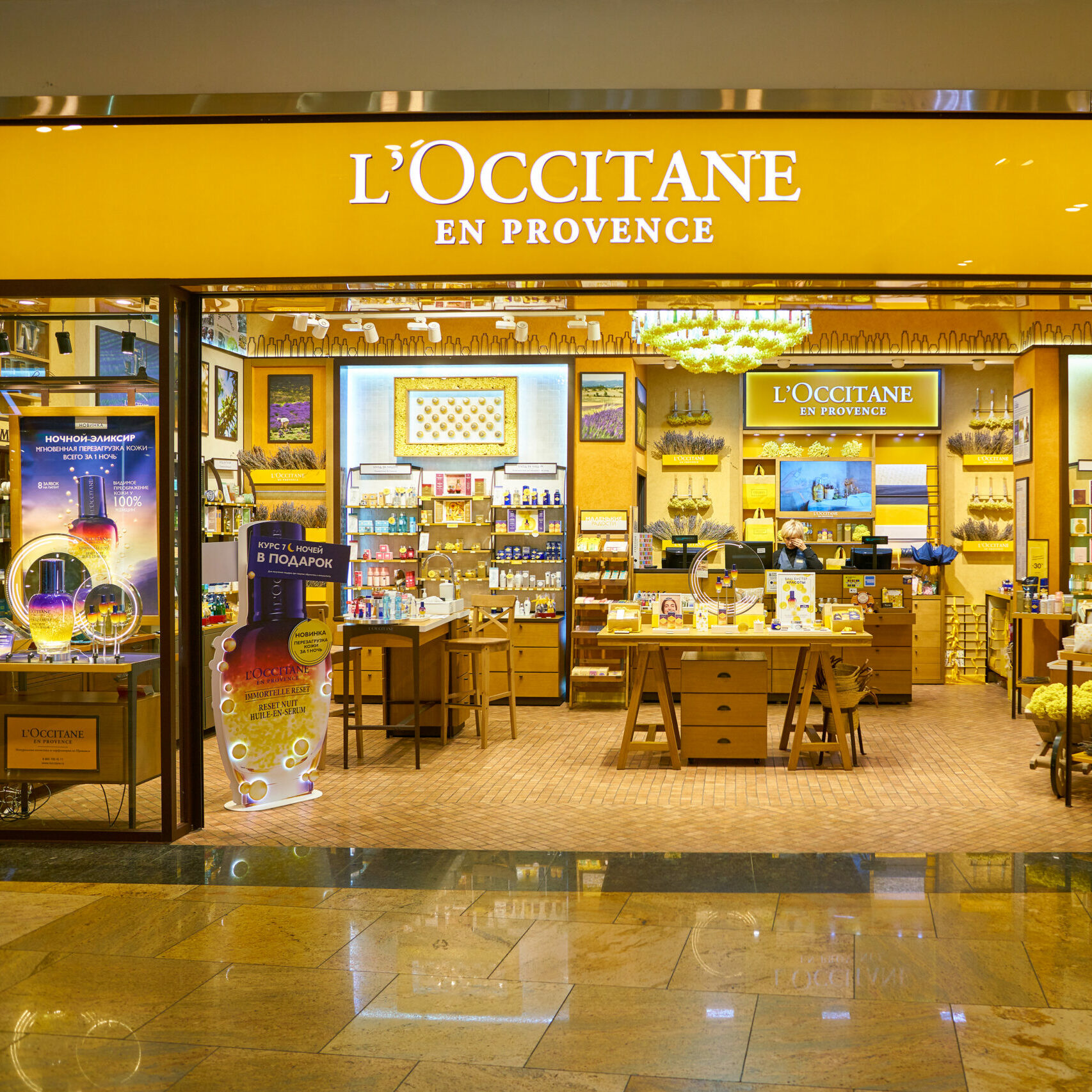By Anne-Gaëlle Delabye & Tara Kapur – Non-EU managers seeking access to European capital are more frequently looking to Luxembourg parallel structures due, in part, to their flexibility and the features that the Luxembourg limited partnerships share with the Anglo-Saxon model. Ogier’s Luxembourg investment funds team – working in partnership with our teams in the BVI, Cayman and Hong Kong – have extensive experience of structuring parallel funds for clients in the US and Asia.
Luxembourg limited partnerships are increasing in popularity as a parallel structuring option, being comprehensible in structure and functionality for managers (and investors) with experience in the Anglo-Saxon market, and also providing the necessary comfort with respect to limited liability of investors.
An appetite for large fund raises from a diverse pool of investors acts as stimulant for managers/sponsors (notably US and Chinese initiators), who are making use of sophisticated global fund structures with Luxembourg and other offshore vehicles constituted as parallel funds to the main fund.
There are certain components to the overall model that must be considered in advance of launch.
Sponsor return: In an offshore context/standalone structure, the sponsor usually receives its return by way of inter alia advisory/management fees or promote fees to the general partner, and/or by the establishment of carry vehicles. In a parallel structure the flow of fees through the structure can potentially be more complicated.
Co-management: Although the Luxembourg parallel will in many respects replicate the terms of the main fund as it will have a common investment strategy and inter aliainvest/divest in the same portfolio of assets, each is a separate legal entity and the Luxembourg vehicle will need to be compliant with the requirements of applicable EU regulatory law. Thus an EU AIFM may work alongside a Cayman manager, and each participant in the structure will need to have a keen understanding of its role, and the overall functioning of the model, so as to ensure the confluence of the various limbs into one smoothly operating whole and avoid functional conflicts during the life of the fund(s).
Costs: The establishment and ongoing administration of separate entities in multiple jurisdictions can add to the cost burden on the structure. Although less of a concern for sizeable funds, for smaller funds the sustainability of the structure should be carefully reviewed. The regulatory impact in the context of investment decisions/substance requirements in relation to the Luxembourg parallel must be understood by the non-EU main fund.
Notwithstanding the complexities inherent to a fund structure with parallel funds, there are inescapable benefits, such as:
• The variety of options it makes available to a far greater pool of investors (and capital) – investors have the ability to participate through the fund that is best suited to their particular risk, regulatory, jurisdictional and tax appetites;
• The AIFMD impact may be restricted to the Luxembourg parallel without any regulatory scope creep with respect to the non-EU main fund;
• A larger investment pool means funds can be managed more efficiently, and can eliminate some of the time otherwise taken to make a target acquisition – managers can respond with greater agility to market dynamics in order to, ultimately, meet their investment objectives.






